Clarksville black history trail models how cities can preserve heritage
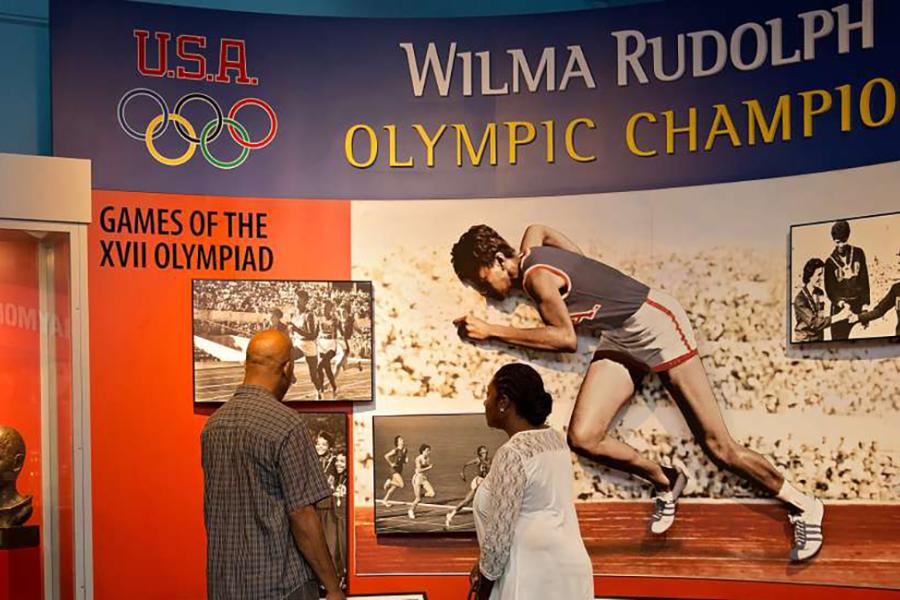
By KATE COIL
TT&C Assistant Editor
From an Olympic athlete to music stars to medical professionals, the city of Clarksville is home to numerous important people and places in African-American history.
Highlighting these contributions is the Clarksville-Montgomery County African American Legacy Trail, a growing list of more than 40 destinations both locals and tourists can visit via maps on their smart phones and computers. Michelle Dickerson, senior director of marketing and public relations for Visit Clarksville said that, of the dozens of trails Visit Clarksville makes available for visitors, the African-American Legacy Trail is easily the most popular.
What began as a labor of love from a few local residents has brought the Clarksville community together in unexpected ways and is continuing to teach visitors and Clarksvillians about the city’s heritage.
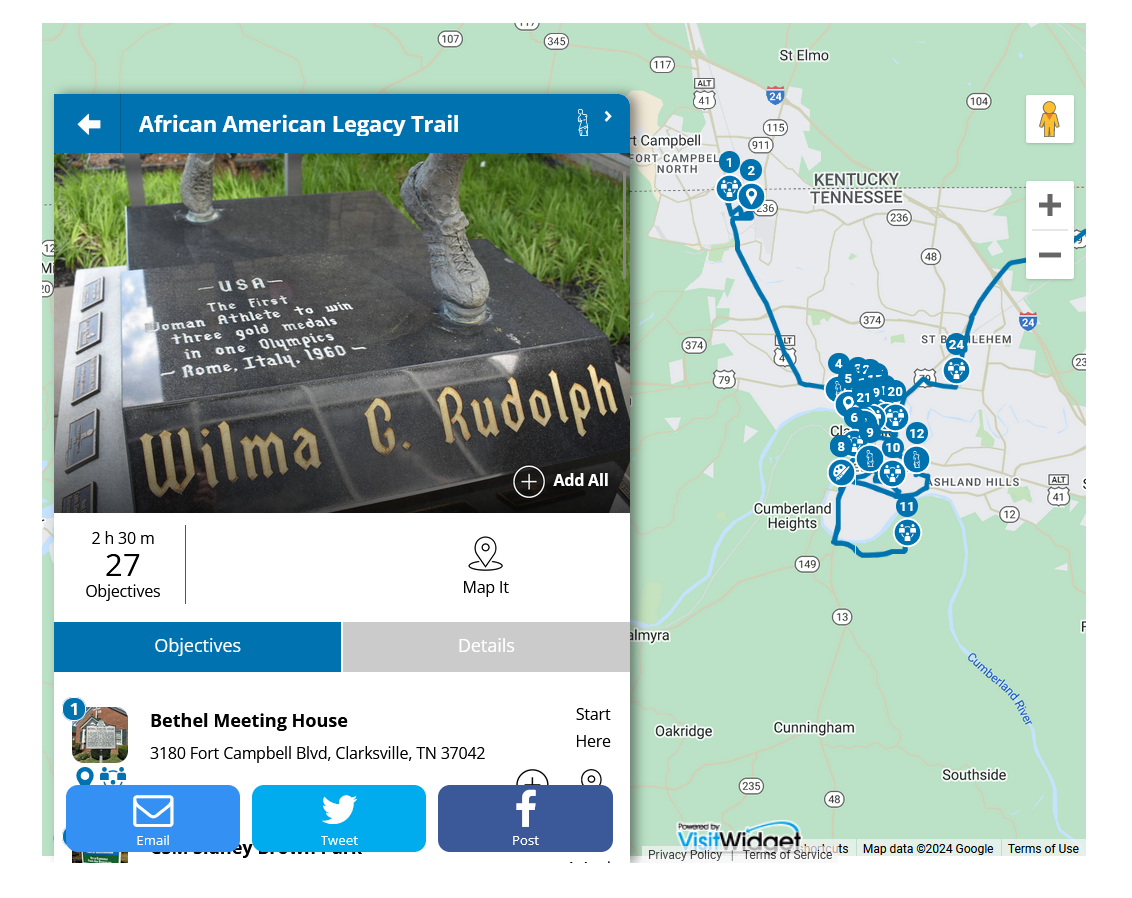
COMMUNITY CHAMPIONS
Clarksville Mayor Joe Pitts said the trail began with a small group of local residents who wanted to bring together the collected stories of Clarksville’s African-American history.
“Every cause needs a champion, so you need to find the champions,” Pitts said. “If you have someone who is passionate about doing this, support them and get resources to them. If you are an elected official, use your bully-pulpit to promote it. It starts with someone or a small group of people who want to get involved.”
Clarksville found their champions in local publisher and Deputy Montgomery County Historian Shana Thornton, Bethel University Recruiter Terry Morris, and local historian Jerome Parcham. The three gathered a focus group that included the then-vice president of Clarksville’s NAACP, other historians, and community leaders to determine how to proceed. The group then reached out to Clarksville’s city leaders, county officials, and community members who could help promote the trail or volunteer their time and talents.
“I think reaching out to our mayor, city council, and our local state representative was so valuable,” Thornton said. “Just going to them and saying, ‘this is what we are thinking about, what do you think, and how can you help us?’ was important. All those offices, organizations, and government entities are important because they help see that full picture.”
For a community wanting to make a similar trail, Thornton advises first connecting with local historians to see what resources they already have. In Clarksville, a lot of research had already been done for state historical markers that could then be folded into the larger trail. Thornton also advises reaching out to civic organizations like the NAACP, chamber and tourism officials, and local churches to help make connections, build support, and gather information.
CREATING THE TRAIL
Before launching the trail, Thornton and Morris set certain parameters for what they would include. Criteria included that people the trail focused on had to be deceased and that only publicly-owned properties would be included in the trail, unless owners of privately-owned land gave their permission.
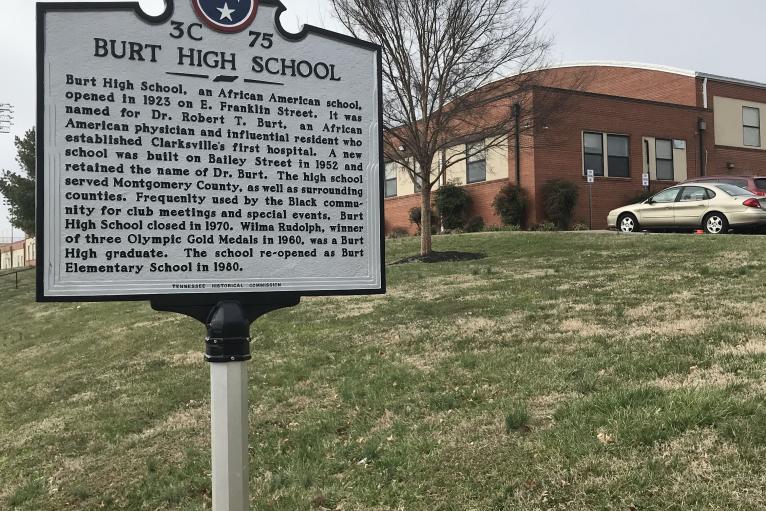
Once the information was gathered and locations for stops on the trail were determined, it was time to put the information into a format that visitors and residents could use. A teacher and students from Rossview High School Academy of Media Arts and Technology volunteered their skills to create a logo, physical brochure, and capture art and photographs of the trail.
Visit Clarksville officials offered to both promote the trail and use a function on their website to create a digital version of the trail. Those who complete trails can earn rewards from Visit Clarksville.
“We were glad to be able to package it, pitch it to media, and put it in our app,” Dickerson said. “We also have a challenge system where you plan an itinerary and users can digitally check in at a designated number of spots. We create custom-designed pins for each trail that people can then collect form us when they finish the trail.”
Trails can be used on the Visit Clarksville website or downloaded in the Apple and Store or on Google Play. The digital aspect of the trail makes access easier for both those using the trail and those creating it.
“In the digital world, you can go in and update anytime,” Dickerson said. “Rather than having to wait for the next printed edition or the next year, we can make those updates instantaneously. It keeps it a living document. You can also start wherever you are and its proximity-based location, so it directs you to the next location. It is a long trail, but you don’t have to do it all at once. You can check-in over a couple of weekends. The fact that it’s flexible makes it more accessible for visitors and residents.”
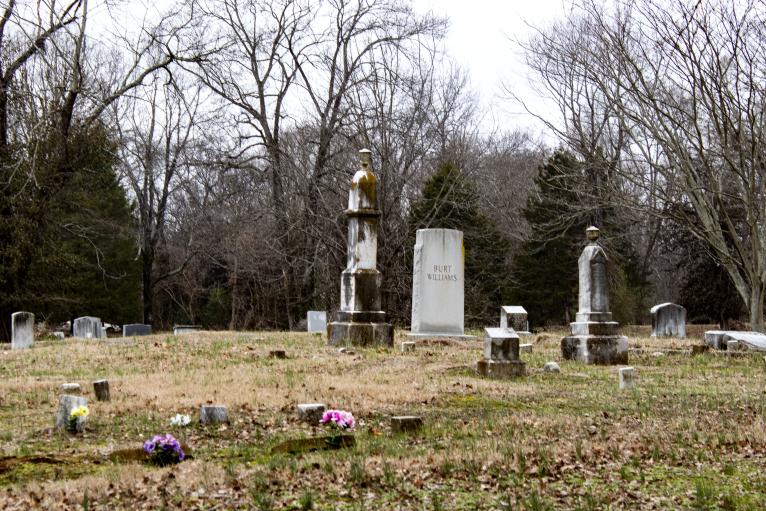
Morris said the trail has already grown beyond its original scope as more people come forward with stories, history, and personal experiences from the trail.
“The map Visit Clarksville built was just amazing,” he said. “The trail originally had 19 people and places. We now have 45 people and places you can visit. The mayor’s office told us to go ahead and launch, to not wait until it was perfect. This has allowed us to grow and build on it.”
Mayor Pitts said the trail is a major asset for both residents and visitors to Clarksville.
“It’s free, so the price is right. It’s self-paced and self-guided, so you can do as much or as little as you want to,” he said. “You can do it in groups or individually. There is always something new to discover on this trail, and I think people will be pleasantly surprised how much information is on this trail. I think every community needs to do this. As elected leaders, we have to make sure we promote these things and encourage them.”
SPREADING THE WORD
The trail has already begun to grow beyond the city limits of Clarksville. Thornton said community support for the trail has been “overwhelming” with numerous residents and visitors reaching out to talk about how much they enjoyed taking and learning from the trail. Others have reached out with new stories and information that have helped the trail grow.
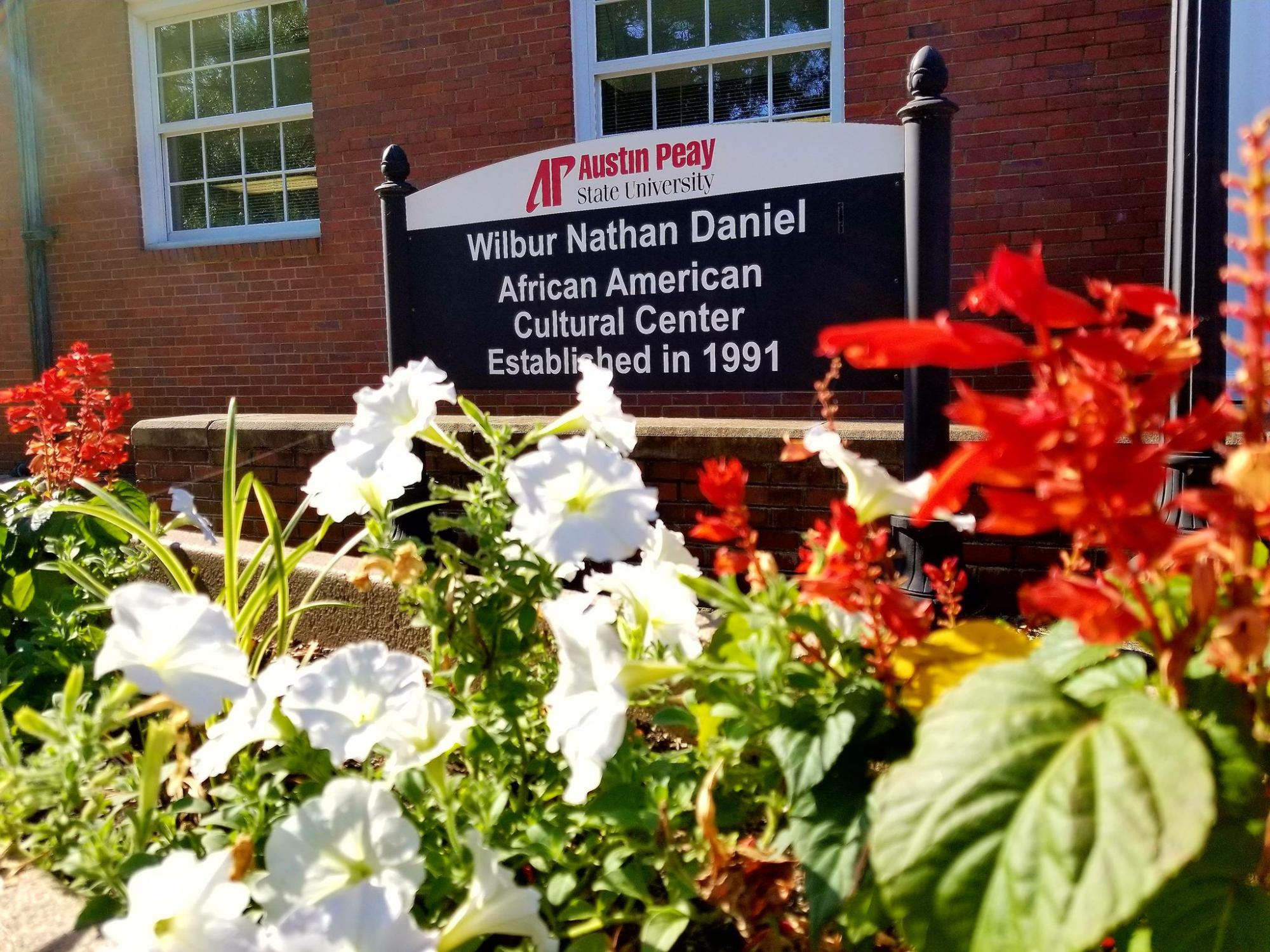
Dickerson said the African-American Legacy Trail is the most popular digital trail Visit Clarksville hosts.
“We have hundreds of people who access the digital trails, and the African-American Legacy Trail always has the highest numbers,” she said. “It’s also the longest trail, by far. It’s so educational, and people don’t know what they don’t know. It’s been a great learning opportunity for both locals and visitors to understand more about Clarksville’s history and heritage.”
Pitts said the finished project was even better than what he expected.
“I give them all the credit,” he said. “Clarksville has a rich African-American history, and it’s a history that needs to be celebrated and recognized. There are some names on here that may not be familiar names to people, but there are also some names, buildings, parks, and community centers that will be familiar. There is a lot to celebrate within these various locations around our community.”
The trail is also drawing interest from those who want to create something similar in their own community. Morris said tourism officials from the St. Paul, Minn., area have contacted them with the hopes of touring the trail themselves and getting more information on how it was built so they can create their own African-American Legacy Trail using grant funds in the future.
Dickerson said the trail is a way to tell Clarksville’s story in a way that reaches more people and builds a sense of community.
“It’s an important part of our local history, and those stories, they’re very impressive,” she said. “It’s a point of community pride, but it’s also important to understand the culture of a place and who laid the groundwork that makes the community what it is today. Visitors now want those immersive experiences. Navigating a trail to hear and learn about people, standing where they stood, gives them that enriched experience.”

